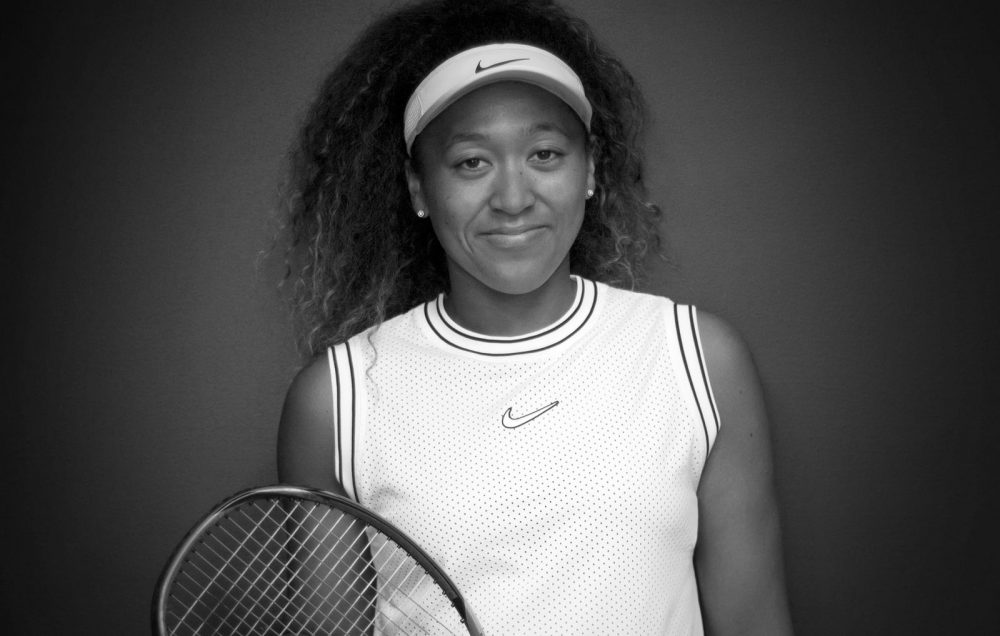Welcome to Tennis Elbow, the column that looks back on the week that was in the world of tennis. This week, Charles Blouin-Gascon wonders what’s behind the extreme parity of the first quarter of this women’s tennis season.
It’s the age-old, the “chicken or egg” question if you will but transposed to women’s tennis.
So far in 2019, the WTA has held 15 different tournaments that have been won by… 15 different players.
Wait, really? Yes, really.
Every single week that we’ve had an event, a new champion has emerged and we’ve yet to crown a repeat winner. Some will say that this is really pretty on-brand for women’s tennis if we look at the previous 15 years or so, that it’s just that a sport that’s always been characterized by parity has been moreso than usual recently. That the sport has always been the place for parity and scarcely has there been a central force, beyond Serena Williams, who overwhelmed the entire competition over the past decade.
Part of it has been that we draw this conclusion when we compare women’s tennis to its men counterpart, which has been blessed with a golden generation where perhaps the three best players in history all managed to compete in the same period together at once.
What we mean to say is that this isn’t totally fair to the WTA, but we’ll get back to this idea.
For now let’s focus on our central idea, our chicken and our egg if you will. Such parity in women’s tennis has led us to wonder an underlying cause: is this seemingly lack of dominant players a symptom of great depth, or is it the other way around? (We’re well aware that it’s not exactly a chicken and egg situation. Whatever.)
Knowing what we know in 2019, it does appear like this run has coincided with the ascent of a good number of promising players, ones like Bianca Andreescu who has managed to take the entire world by storm in her first real foray into professional tennis. The parity we see also comes as a result of a number of other players, still relatively young and promising like Belinda Bencic or Ashleigh Barty, finally enjoying a sustained run of excellence.
Perhaps the actual surprising thing about this sudden parity that’s not so sudden is that it comes right when we thought we were entering the Naomi Osaka era. The Japanese is the current best player in the world and holder of the most recent two Grand Slam titles, and she’s looked like the type of player who had the poise and mental might to conquer all and to stay at the top.
She’s also still just 21 years old, so perhaps it’s entirely expected to see her struggle a little bit as she steps into the limelight and tries to emerge from the considerable shadow of Serena Williams’s on women’s tennis. It’s one thing to get to the top but it’s quite another to stay at the top—and yet, Osaka remains at the top, even as she’s struggled so far in 2019.
Now, remember when we said this isn’t totally fair to the WTA? Well it just so happens that men’s tennis has had a similarly parity-rich start to the 2019 season, with no fewer than 19 different champions for 19 tournaments before—who else?—Roger Federer grabbed a second crown in Miami. Plus, while men’s tennis has been basking in the afterglow of a golden generation, this wasn’t always the case. Glance over the 1998 ATP season Wikipedia page, or even the 1999 one, and you’ll see that it’s pretty slim pickings.
Just like it did for the ATP, this will not last and we’ll see a repeat winner before long. Probably. And yet, we’re writing this as Madison Keys and Caroline Wozniacki battle for the Charleston Open, with the former emerging victorious in two sets to none.
You guessed it, it’s her first title of 2019.
Follow Charles Blouin-Gascon on Twitter @RealCBG














